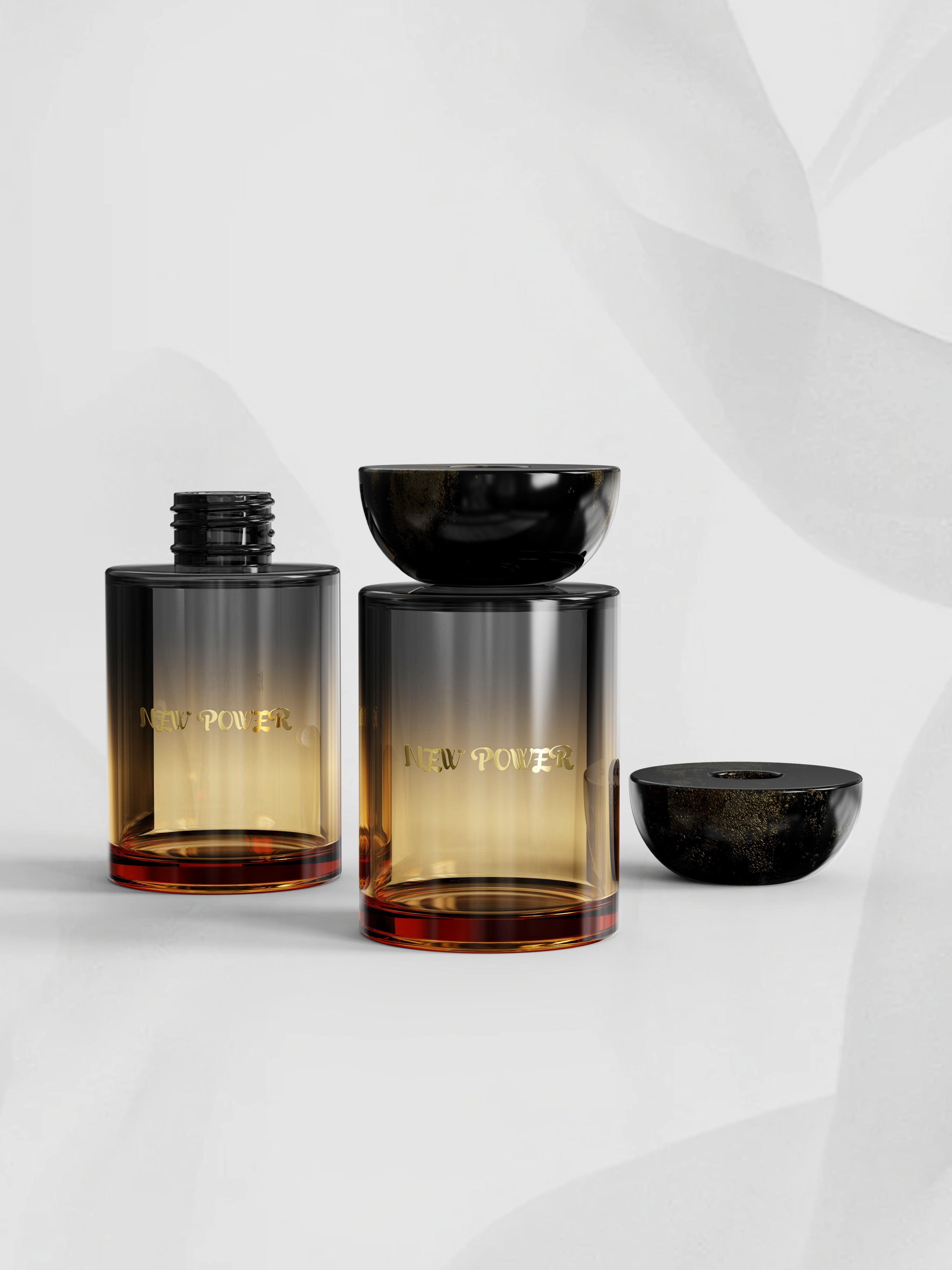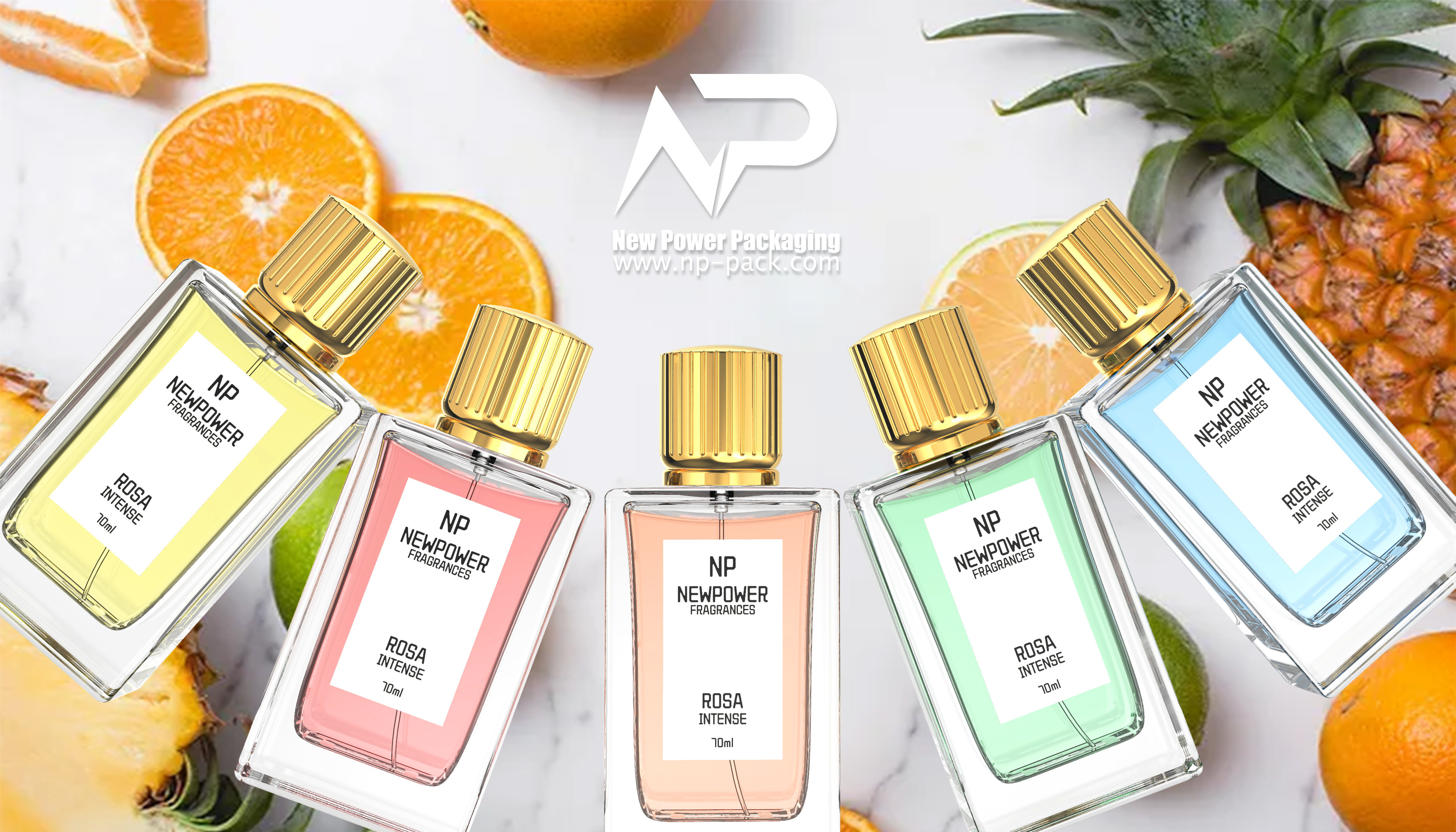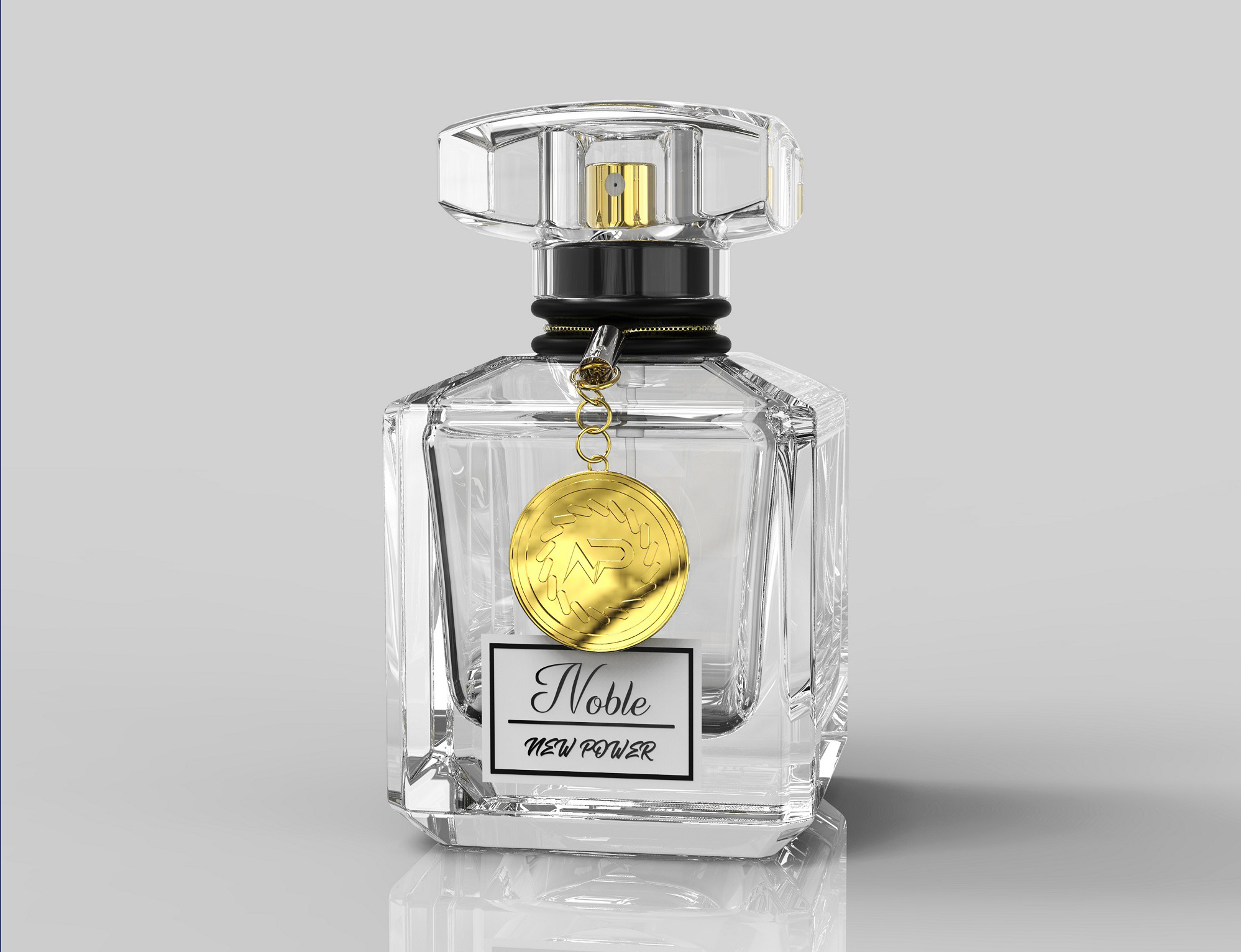Knowledge about using perfume
Time:
2025-06-06
Knowledge about using perfume
1. Scientific selection of application areas
Prioritise pulse points: The inner wrists, behind the ears, and the carotid artery—areas with higher body temperature—can help the fragrance evaporate naturally. However, for sensitive skin, it is recommended to spray on the inner lining of clothing (at a distance of 20 cm).
Avoid direct sunlight: Avoid spraying directly on exposed skin areas (such as the arms), as UV rays in sunlight may react with ingredients like lemon oil to cause discolouration.
Avoid sensitive areas: Sweaty areas like the armpits may mix with perfume to create unpleasant odours, and spraying on intimate areas may disrupt the natural barrier and cause inflammation.
2. The Golden Rules of Quantity and Technique
Concentrated Fragrance (EDP): Do not press more than 3 times per application; the scent can last up to 8 hours, and overuse may cause ‘scent overload.’
Light Fragrance (EDT): Can be reapplied 2-3 times per day; it is recommended to use it with the same series of antiperspirant products to maintain scent consistency.
Advanced Technique: Spray the perfume on a tissue and place it in your pocket, or spray it on a comb and use it to comb your hair (ensure your hair is clean).
3. The Philosophy of Matching Occasions with Fragrance Notes
Occasion Type Recommended Fragrance Notes Representative Brands Workplace Commuting Citrus/Woody Notes Hermès Niloticus Garden Evening Dates Oriental Floral Notes Tom Ford Peach Summer Outdoor Aquatic Notes Issey Miyake L'Eau d'Issey
4. Common Misconceptions and Warnings
Mixing Perfumes: Mixing different perfumes may produce a harsh chemical smell. When mixing, choose perfumes from the same brand and series.
Storage Tips: After opening, the shelf life is 3-5 years. Store in a cool, dark place at 15°C and avoid shaking the bottle.
Material Restrictions: Directly spraying on precious fabrics like silk or leather may cause fading or corrosion.
5. Recommendations for Special Groups
Pregnant women should choose alcohol-free perfume oils and avoid products containing phthalates.
Asthma patients are advised to test perfumes by spraying them on a test strip first, then taking a deep breath away from the nasal cavity to assess the scent.





